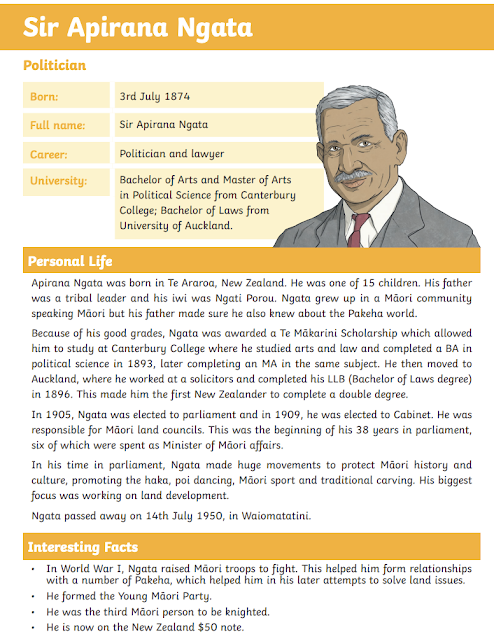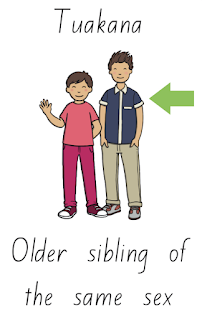Directions
Achievement Objective: Give and follow directions in Māori
Language:
Whakamua - forward
Whakamuri - backwards
Whakamauī - to the left
Whakamatau - to the right
Tīmata - start/begin
E tū - stop
Activity 1: Pin the tail on the donkey.
In small groups play pin the tail on the donkey using te reo Māori directions (as seen above).
You will need a blindfold and a donkey. Either draw your own donkey or print your own donkey (example below). Each team member gets 1 chance to pin the tail on the donkey by listening to the speaker. The person who gets the closest wins. The person pinning the tail most be blindfolded and there can only be one speaker. Everybody needs to have a go at being the speaker and the listener.
Activity 2: Design your own game that will help others learn these commands. It can be a game for a small group or a larger group. It can be an inside or outside game. The winning team will be decided by your teacher. The winning group can teach room 7 how to play their game.
Class Game: Maui/Matau
Materials: taiaha
All students stand in the circle - one player stands in the middle and calls either maui (left) or matau (right). Students move left or right depending on command. Players are eliminated if they don't catch the rakau or make a bad pass (where the other player has no chance of catching the taiaha). The decision of who is out is left to the person in the middle.
To make this game trickier you can play with you can play with your non dominant hand ONLY.




























